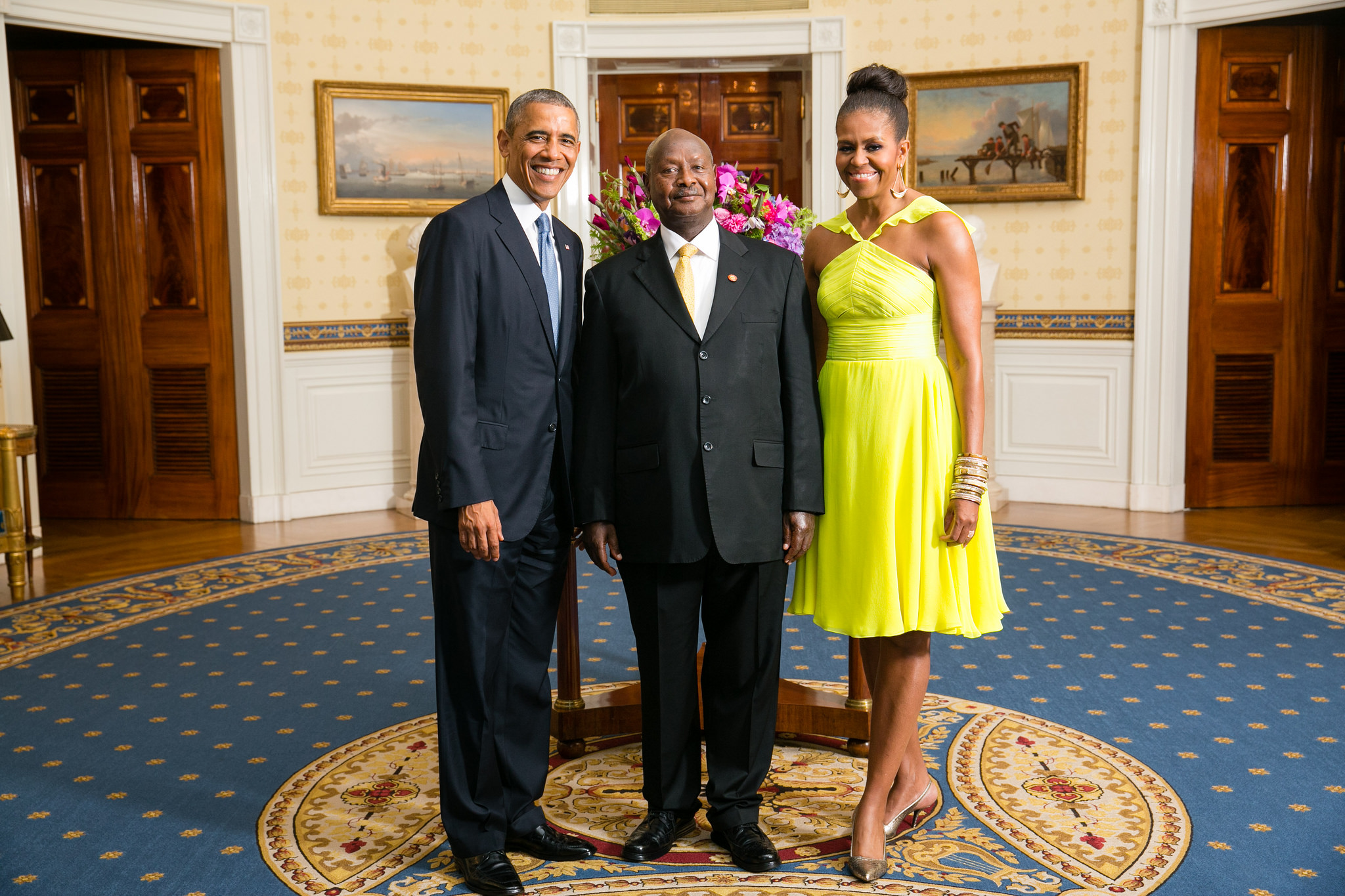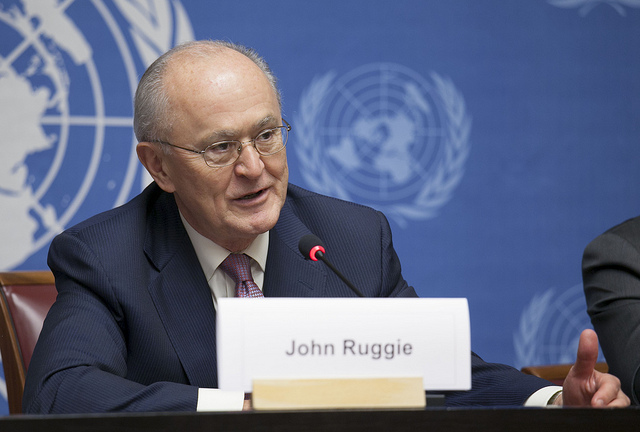By Timothy D. Sisk for Denver Dialogues with Ambassador Fred Tanner
Ukraine’s civil war, which appears to have settled into a cold-peace “frozen conflict” following the February 2015 Minsk II ceasefire agreement, threatens to erupt anew. Just one year after Minsk, shelling, cease-fire violations, cyberattacks, and saber rattling by the protagonists threaten the fragile agreement. Underlying the threat of new violence is the sober fact that as a territorial dispute the “final status” of the eastern regions of Donetsk and Luhansk, and the final sovereignty status of Crimea (seized by Russia), remain unsettled.
Scholarly research shows that peace agreements—particularly “cease-fires without comprehensive settlements” like Minsk[1]—are inherently vulnerable to commitment dilemmas on the part of the protagonists in war. In such contexts, the parties suffer from an inability to unilaterally provide credible commitment to implementation of the agreement, and the incentives to maintain the cold peace may be stronger than those that portend further movement in negotiation toward a comprehensive settlement addressing the “final status” dimensions of talks.[2] In sum, in “frozen conflicts” a perception of a “mutually hurting stalemate” and “ripeness” that leads parties to agree to cease-fire terms is a fleeting moment as conditions change on the ground: cease-fires may perversely reduce the perception of “hurt” that motivates parties to make the difficult and often existential compromises needed to solve sovereignty differences in territorial disputes.[3]
Similarly, scholars have shown that outside mediators face cooperation and coordination problems in mediating final-status negotiations following initial cease-fires. Mediation in such conflicts today is a highly complex, typically multilateral affair in which a network of states and international organizations seek to monitor conflicts, react to non-compliance to interim agreements, prevent conflict recurrence, and to help forge lasting or comprehensive settlements.[4] Whether in Ukraine or other conflict contexts today such as Libya, South Sudan, or Syria, multilateral mediation has become a modal form of peace-agreement negotiation, monitoring, and implementation.
In Ukraine, this multiparty mediation is seen in the formation of the Normandy Contact Group, or Normandy “format,” which includes the principal state-level protagonists in the conflict—Ukraine and Russia—together with France and Germany. The Organization for Security and Cooperation in Europe (OSCE) supports the work of the Normandy group in practice, and, critically, has deployed its Special Monitoring Mission (SMM) in the conflict region, which reports to the OSCE Chair (presently, for 2016, Germany’s foreign minister Frank-Walter Steinmeier) and the organization’s Ministerial Council.
For insights into the Ukraine imbroglio, and for lessons learned in managing such crises through multilateral mediation, I turned to Ambassador Fred Tanner of Switzerland, a highly regarded European security analyst and presently a senior-level advisor to the OSCE Secretary-General. Below, Tanner offers insights into the Ukraine conflict and whether and how contact-group mechanisms can help overcome the ceasefire-without-settlement dilemmas seen in the Ukraine.
The Ukraine crisis, first in Crimea and then in the Donbas region, seems to have escalated unexpectedly for many observers. From the frontlines of observing security in Europe over these years, how do you see origins and outbreak of this conflict? Could it have been prevented?
Tanner: The annexation of Crimea came as a surprise to most observers, whereas there were sufficient early warnings regarding conflict escalation in Kiev (especially during the Maidan-square protests that led to a change of government) and then in the Eastern Ukraine regions. The origins of the conflict rest on a complex mix of factors—both internal as well as external. The internal factors included existing divisions in Ukrainian society due to long-term cultural and socio-economic cleavages between the Eastern and the Western parts and a need to search for state and communal identities and prerogatives that were present, more or less, in all countries that became independent after the dissolution of the Soviet Union.
External interference equally contributed to the outbreak of the conflict. Pressures on political and economic orientations trapped Ukraine in an increasingly zero-sum game between Russia and the West, as did the geopolitical reflex of Russia perceiving the enlargement of Euro-Atlantic institutions into the post-Soviet space as a direct threat to its national security.
It is difficult to say if the conflict could have been prevented. There are several divergent narratives in this regard. In the Final Report of the Panel of Eminent Persons on European Security (2015), the Russian narrative argues that the conflict could have been prevented if the West would have exercised more restraint when it came to the expansion of both NATO and the EU eastwards and especially with regards to the Western support of the “Maidan regime change movement.” According to the Western narrative, Russia decided to resort to force by first annexing Crimea and then intervening into other parts of Ukraine, “because they had abandoned the basic principles of international order: sovereignty, territorial integrity and the non-use of force.”
How do you evaluate the Minsk II Agreement itself, both in terms of the process it outlines and the pathway to some resolution of a conflict that many observers now refer to as “frozen”?
Tanner: During the late spring of 2014, the conflict in Eastern Ukraine region became increasingly militarized. The OSCE acted as a facilitator and negotiator together with Russia and Ukraine in the Trilateral Contact Group (TCG) that was established by the Normandy Group in June 2014. The OSCE—as a status-neutral actor—was able to reach out and involve the separatist groups in talks with the TCG and later the Minsk negotiations.
The first cease-fire was agreed in Minsk in September 2014, but broke down rapidly with renewed fighting towards the end of the year. The so-called Minsk II agreement of February 2015 was negotiated under tremendous pressure as the armed conflict was continuously escalating, with thousands of casualties and over a million refugees and IDPs.
The Minsk II agreement contains three categories of commitments: measures for cease-fire implementation (withdrawal of heavy-weapons etc.), provisions on amnesties and exchange of detainees, and provisions for future negotiation of a more comprehensive political settlement (constitutional reform, special status for Donbas, and local elections). The cease-fire and withdrawal provisions were the less controversial parts of the Minsk II regime; but even there, in view of continued violations and the moving of the front line, an additional separation of forces and weapon free zones agreement had to be negotiated as an addendum to the Minsk II implementation measures.
I think that Minsk II provides a very solid basis for a sustainable cease-fire that can pave the way toward a sustainable political solution to this conflict. It outlines very concrete measures and steps that all sides have to implement. The problematic part is the sequencing of commitments since there are different interpretations regarding the order in which various measures should be implemented. Another challenge that Kiev can accept only reluctantly is the agreed constitutional change and election laws that would require a “droit de regard” if not consensus from the separatists that Kiev still considered “terrorists.”
According to the Minsk agreement, constitutional change would provide the Donbas republics with a “Special Status” with a high degree of regional autonomy. Such an exceptionalism of power devolution encountered fierce opposition in the Ukrainian parliament. If there is no breakthrough in this question, there exists a serious danger that the Minsk regime could fall apart. This complex situation was slightly defused by the creation of an inclusive negotiation process under the auspices of the TGC that would deal with all aspects of the conflict through political, security, humanitarian and economic working groups.
The literature on mediation and credible commitment has explored the key role of a global coalition of “custodians” of the peace, a role which the Normandy Group plays. What is your assessment of the nature and actions of a concert-approach to guide implementation of the Minsk II framework?
Tanner: The role of “custodians” or “friends of” are essential with regard to peace implementation. Peace arrangements often contain deliberate ambiguities and such groups can help with the implementation by offering processes and guidelines, but also political pressure.
From an OSCE perspective, the Normandy Group has been instrumental in the process leading up to the Minsk II agreement; OSCE representatives were invited to attend and contribute to a number of preparatory meetings in various capitals at both expert and senior official levels. The Normandy Group, in turn, has provided a number of tasking to the OSCE Special Monitoring Mission and the working groups of the Trilateral Contact Group.
One of the advantages of the Normandy format is that within its confines the parties to the conflict are deterred from inserting new conditions into the political process and from widening the scope of negotiations beyond the Minsk parameters. One Normandy country (Russia) also introduced a United Nations Security Council Resolution 2202 (2015) to endorse the Minsk Agreements globally. In its Final Report, the Panel of Eminent Persons recommended that the Normandy Group be enlarged to include the remaining signatories of the Budapest Memorandum (the United States and the United Kingdom). Such an enlarged “Normandy Plus” group would be able to “help deal with political and security issues arising in the implementation of the Minsk agreements,” according to the language of the report.
However, not all OSCE participating States are keen to support the contact group model, as contact groups are by definition not inclusive, and can be reminiscent of cases where great powers have collaborated to “carve up” the world as was the case historically with the Congress of Vienna or the Yalta Conference.
Is there hope for a satisfactory political solution or way forward, and what role does the OSCE play in generating momentum toward a more comprehensive peace?
Tanner: The full implementation of Minsk agreements, including the withdrawal of foreign armed forces and the restoration of full control of its border to the Government of Ukraine, is the only way forward towards a sustainable political solution. A failure would either lead to a new eruption of armed violence with unknown consequences or to transform the crisis into a frozen conflict. Finally, Minsk was not designed to solve the broader political and economic questions. As the Final Report of the Panel of Eminent Persons notes: “The fulfillment of Minsk would not be the end of a process, but the starting point for the development of a sustainable political, military and economic settlement of the crisis in and around Ukraine.”
Going forward, the OSCE will continue to play a critical role as a regional actor in international efforts to peacefully resolve the armed conflict in the eastern regions of Ukraine. The OSCE is able to negotiate in the Trilateral Contact Group and its four working groups with all parties to the conflict; it monitors the cease-fire and disengagement of forces commitments; it monitors two border crossings on the Russian side of the Russian-Ukrainian border and also observes the various elections at the national and local levels. Furthermore, the OSCE office in Kiev pursues projects, together with civil society organizations to create a culture of inclusive national dialogue, power-sharing and the building of trust. However, the OSCE as a soft security organization has no enforcement authority and relies on continuous support of all 57 participating states.
In your experience and in a personal capacity, what recommendations are there for keeping the context in the Ukraine “ripe for resolution” for progress on the thorny final-status issues?
Tanner: In the short term it is important to salvage the Minsk Agreement. It is rapidly losing support in the Ukrainian Parliament and in the population at large. Concrete measures under Minsk are now the consolidation of the cease-fire, the holding of elections in the self-declared republics of Donetsk and Luhansk and the creation of “election security,” which may require the deployment of a police mission in the area. The election law is being negotiated in the TCG political working group under the lead of French diplomat Pierre Morel. A key issue includes the question who will be entitled to participate in the elections-there are more than 2 million Ukrainian refugees in Russia and about 1.5 million IDPs in Ukraine.
But the political process continues to be hampered: The Normandy meeting of 3rd March in Paris was not able to move the peace process ahead. Russia continues to insist on elections, constitutional reform and a law on amnesty, whereas Ukraine’s priorities are “security first,” withdrawal of Russian forces, and return of full control of its state borders in the East.
Regardless of the pace of implementation of the Minsk agreement, the process of dialogue and peace negotiations between Ukraine and the self-declared republics of Donetsk and Luhansk need to continue. For this purpose the TCG and its four working groups represent an important peace implementation platform. It would also be desirable to have a structured exchange between Ukraine and Russia. Finally, broad structural economic and political reform will help Ukraine to modernize its economy and strengthen its political institutions.
Ambassador Fred Tanner is the Senior Advisor to the OSCE Secretary-General.
[1] The Minsk agreement includes provisions for a subsequent political process calling for dialogue on local elections in the disputed region in line with a temporary autonomy framework and further negotiation on the final status of the territories.
[2] See, for example, Barbara Walter, Committing to Peace: The Successful Settlement of Civil Wars (Princeton: Princeton University Press, 2001) Virginia Page Fortna, “Scraps of Paper? Agreements and the Durability of Peace,” International Organization 57 (3) (2003): 337-372, and Karl deRouen, Jr. et al., “Civil War Peace Agreement Implementation and State Capacity,” Journal of Peace Research 47 (3) (2010): 333-346.
[3] See I. William Zartman, “The Timing of Peace Initiatives: Ripeness Theory and Beyond,” The Global Review of Ethnopolitics 1 (1) (2001): 8-18.
[4] See Siniša Vuković, International Multiparty Mediation and Conflict Management: Challenges of Cooperation and Coordination, Abingdon, UK: Routledge, 2015.






